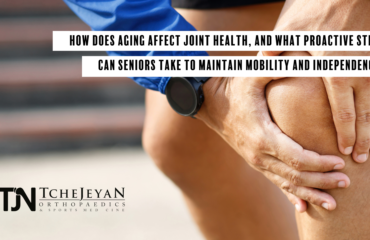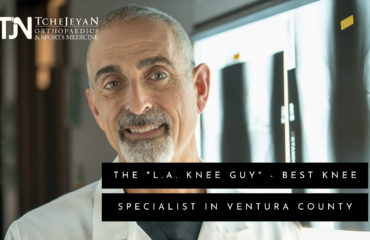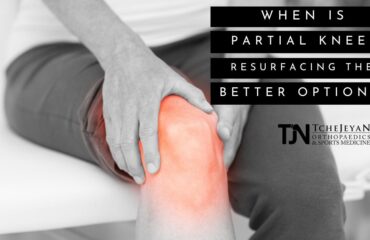Recently, Dr. Tchejeyan had the pleasure of speaking with a group of athletes about injuries of the lower extremities that result from cycling. In partnership with the local bike shop, Serious Cycling, Dr. T. gave an informational zoom session that helped several cyclists better understand the choices and changes they could make to improve their health and overall ride. This zoom session can be viewed below.
BICYCLE FIT VS. CYCLING TECHNIQUE
Cycling injuries can happen after some sort of trauma, like a crash, but there are also several issues that arise from the redundant motion that is cycling. Dr. Tchejeyan recently explained how cycling injuries to the lower extremities are often caused by two things – Fit and/or Technique.
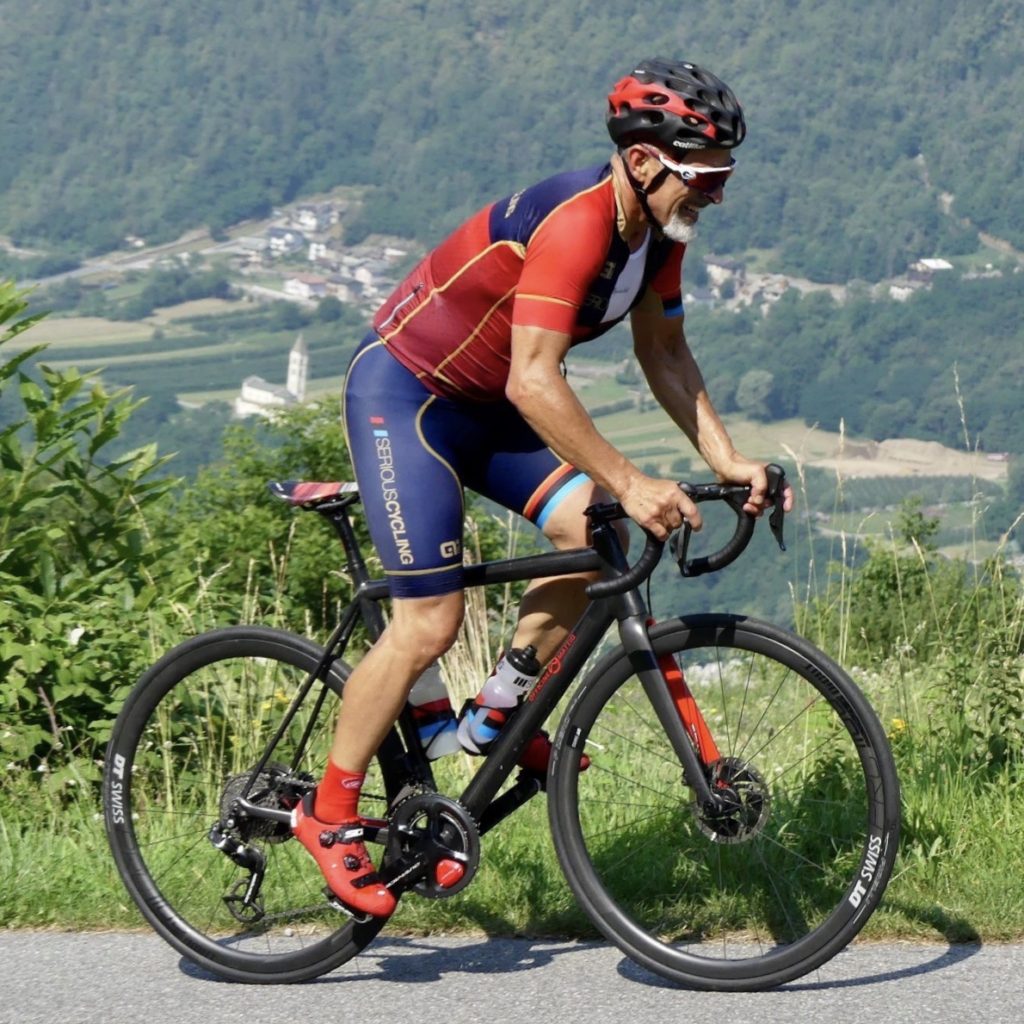
When it comes to the “fit” of your bicycle, there are several things to consider:
- Optimal seat height
- Fore/Aft seat position
- Handlebar position
- Handlebar width
- Stem length
- Crank length
- Foot position on pedal
- Correct shoe size
- Cleat replacement schedule
With regards to “technique”, a cyclist must be aware of their muscle strengths and weaknesses. In most cases, cyclists are not necessarily weak. In fact, they are usually quite strong. However, it is the balance between the quads and the calves/hamstrings that must be evaluated. The importance of cycling cadence, gear selection, and pedal stroke should be understood and optimized. Enlisting the help of a cycling coach to improve technique may provide significant benefits and bring more enjoyment to your cycling.
Whether it’s your leg muscle alignment, technique, or the height of your bike’s seat, strain on your joints can seriously impede your ability to enjoy the ride.
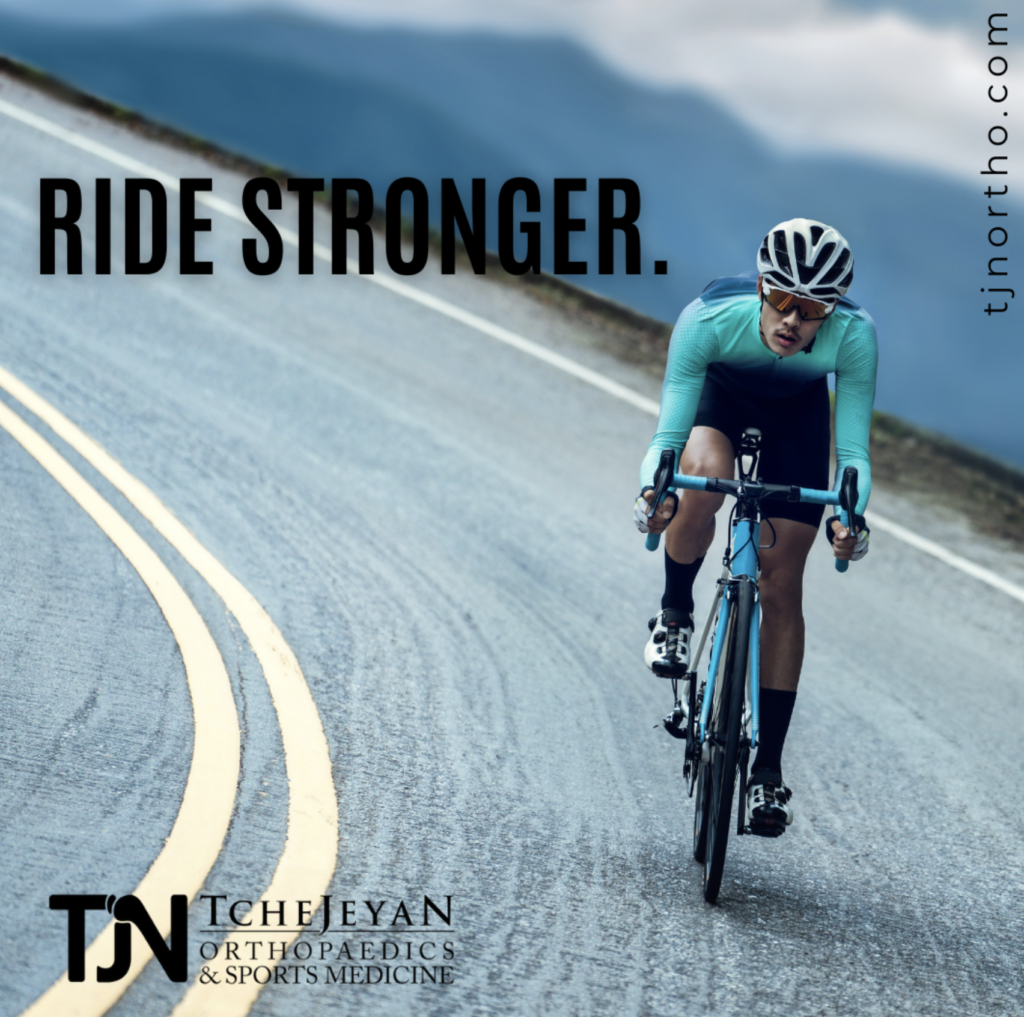
COMMON CYCLING INJURIES & POSSIBLE SOLUTIONS
Although cycling is a non-weight-bearing sport, the repetitive nature of the motions can strain and stress your joints, causing injury and undesirable pain. Dr. Tchejeyan listed several of the most common injuries, their causes, and potential solutions to try in his zoom session. We’ve noted a few here for your consideration.
When it comes to cycling, the lower extremities are most often affected – that means the knees, the hips, the leg, and the foot.
Abnormal pressure across and anterior knee pain can result from hill climbing or riding in high gears with low cadence. Sometimes, lowering the bicycle seat is all it takes to relieve excess pressure. Hamstring stretching and rest are always good ideas. Additionally, using foot wedges, taking flatter routes, and lowering resistance could also help provide relief.
Repetitive hip and knee flexion can cause great tension in the groin and lower back of cyclists. Lowering the bike seat and moving it forward may assist in providing relief. Likewise, raising the handlebars to a more upright position could aid in pelvis and sacrum alignment.
- LEG PAIN
Calf pain and shin splints are extremely common for cyclists. Having your bike professionally fitted will ensure that pedal and seat height are optimal for your height and size. Correcting your foot hyperpronation can show results in cyclists who may have misaligned lower extremities.
- FEET PAIN
The repetitive motion of the feet and ankles in cycling can cause many foot pain symptoms. Numbness in the toes or tops of feet can be the result of too-narrow shoes. Pain in the balls of your feet could be an indication of poor cleat/foot position. Achilles tendinitis often shows up in cyclists who sit too low or have improper pedaling technique. In all cases, proper bike fitting is imperative.
As with nearly all muscle, bone, and joint pain, non-surgical methods should be attempted for relief first. Stretching and rest provide invaluable paths to healing. Similarly, physical therapy and/or cortisone injections can provide therapeutic relief while also confirming and clarifying a diagnosis.
DON’T SETTLE FOR RIDING IN PAIN!
As an orthopaedic surgeon, Dr. Tchejeyan has seen his fair share of cycling injuries. However, his experience as an Ironman triathlete has given him a unique understanding of the challenges that even the healthiest of athletes can experience. If you’re experiencing joint or muscle pain during normal athletic activities, contact Dr. Greg Tchejeyan today.


